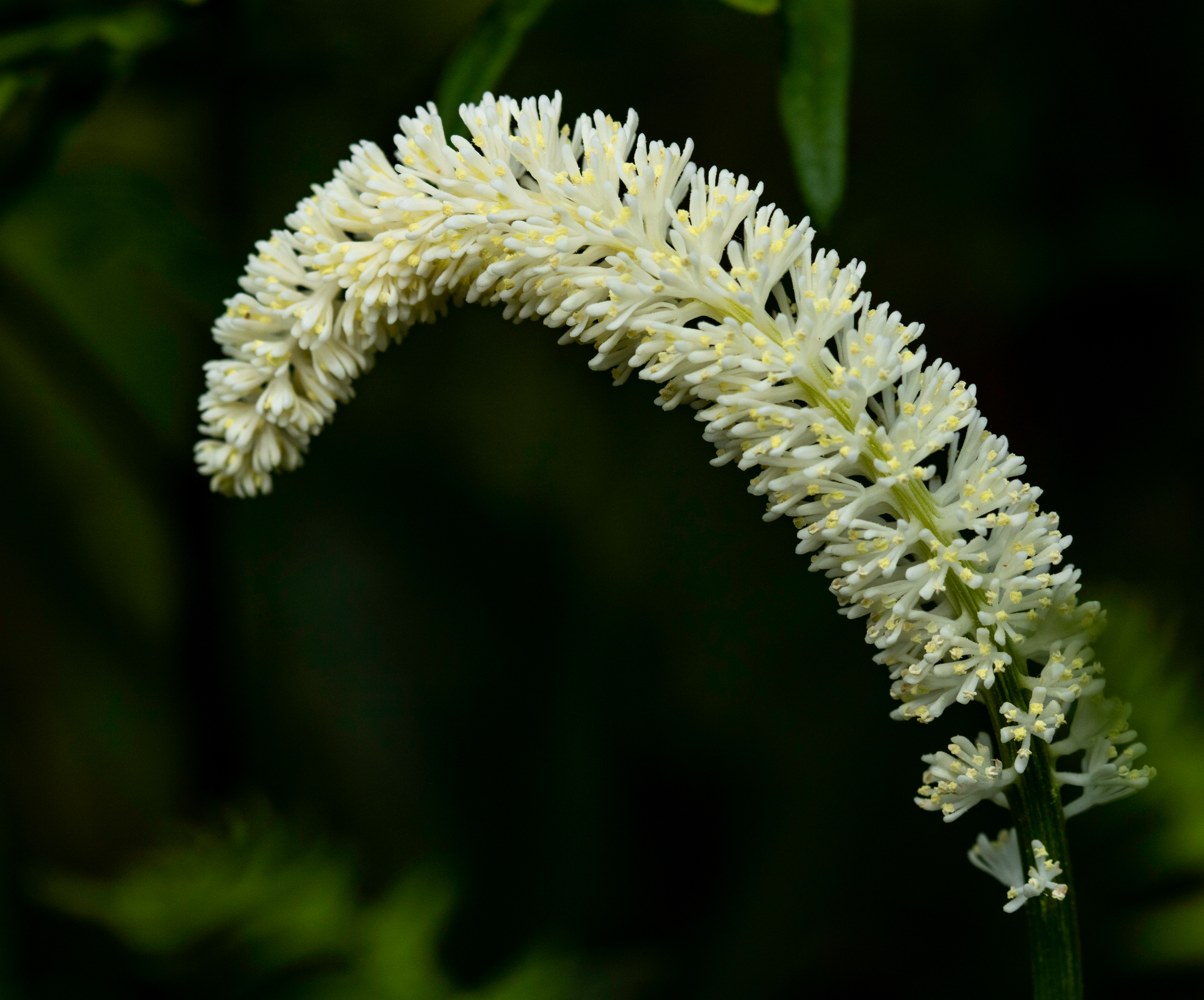Blazing-star
(Chamaelirium luteum)

Description
Chamaelirium is a genus of flowering plants containing the single species Chamaelirium luteum, commonly known as blazing-star, devil's bit, false unicorn, fairy wand, and helonias. It is a perennial herb native to the eastern United States. It can be found in a variety of habitats, including wet meadows and deciduous woodlands. Chamaelirium luteum has a basal rosette of around six 8–15 cm leaves, from which a single spike-like raceme inflorescence (1–1.5 cm diameter, 8–30 cm length) emerges. The plants are generally dioecious, with male-biased gender ratios in a given population. This is due to higher mortality of female plants, and the tendency of female plants to flower less frequently. Female stalks tend to be taller, giving a total maximum plant height of about 1.2 m, but also tend to have about ten times fewer flowers. For propagation through root division the rhizomes can be divided by cutting them into pieces of 1/4 inch (6mm). This disc-shaped pieces should be left to callus over night and can be planted in pots on the next day. The soil should be kept moist and shaded until the plants emerge. Young plants can be transplanted in a well prepared growing bed with a high organic matter in a planting distance of 6–10 inch (15–25 cm). To support the plants with nutrients, pine needles, rotted conifer-derived sawdust or bark mulch should be added to the top soil. For propagation through seeds, the seeds should be sown in late Fall or early Winter to a depth of 1/8 inch (3 mm) in breeding beds with high humus content. For a good germination the seed should go through stratification. The plants grow best in soil mixture of peat moss and decomposed pine needles. When the young plants emerge they should be left in undisturbed at least for one growing season. Then they can be transplanted as for the propagation method through root division.
Taxonomic tree:







